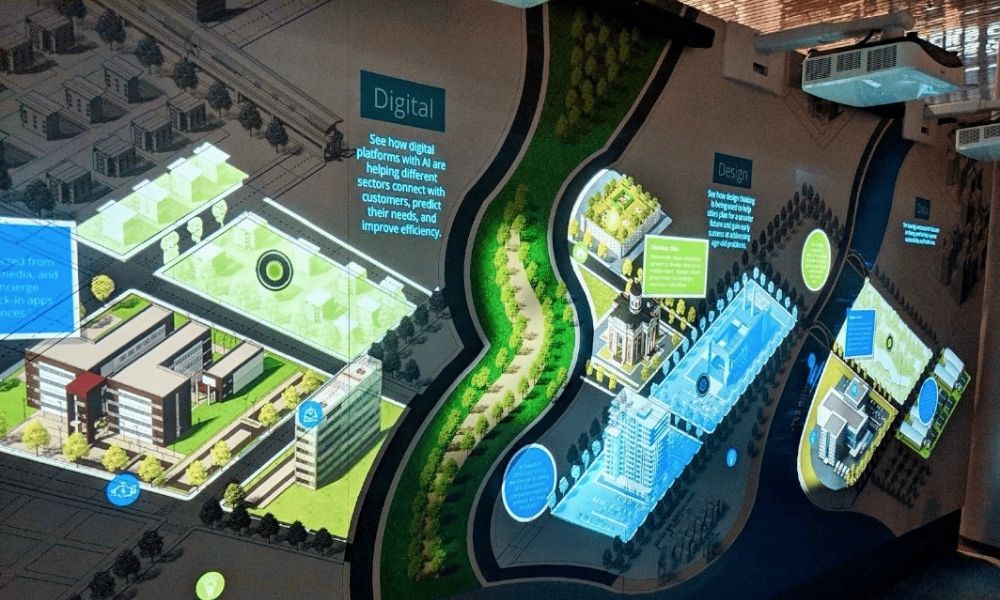
Digital interactivity is sweeping across industries, from educational work to advertising and event spaces. Interactive walls are one of the most popular ways to promote a memorable and engaging experience for those participating with the event and interacting with the displays. Say goodbye to dull, stagnant presentations; here’s exactly how digital interactive walls work.
Interactive walls allow users to interact with digital computing in a far more natural way than ever before. These screens display images and videos that users can create a connection with via touch and motion. From a simple swipe-through display to a storyboard that guides users through a series of images and messages to reach a goal of sharing specific information, all interactive walls share a goal of engaging with consumers.
Touch and body motion sensors are at the root of digital interactive walls. These sensors connect to computers, projectors, or interactive wall screens. The computers and projectors allow users to use motion and touch to alter their experience with the display. For example, in a retail store, a shopper may be able to visit the wall screen display to see how certain products match with one another, thus building an outfit based on the display’s highlighted product offerings they can find in the store.
Similarly, maybe a brand at a convention wants to tell its story and mission in a new and exciting way. By using an interactive wall, visitors can touch different signs and symbols along the brand’s display, and the wall will give them more information as they move through the exhibition.
Digital interactive walls use a series of interactive technology to create a long-lasting impression on users. With the use of motion, sound, and touch, the relationship between brands and consumers is strengthened by creating a more memorable and unique experience.
